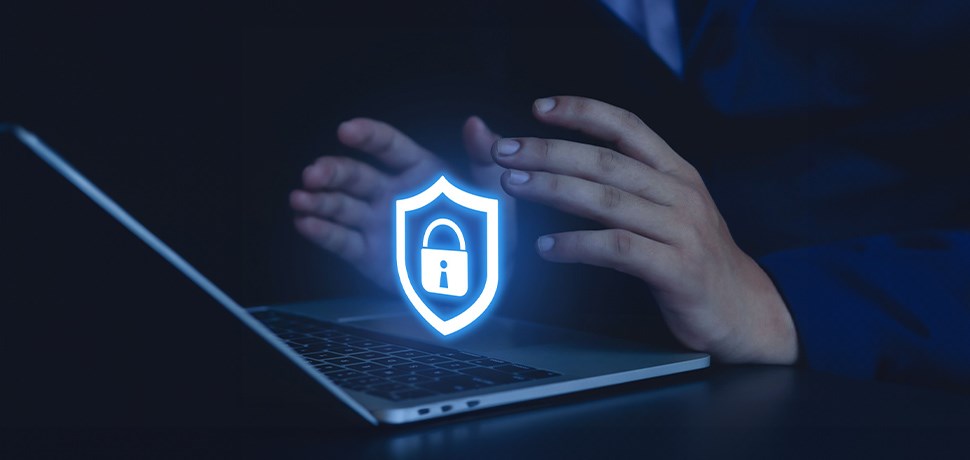Preventing Insider Threats in Cybersecurity | Sasfin
Learn how to identify, prevent, and mitigate insider threats with insights on types, examples, and best practices to protect your organisation from within.

Firewalls, perimeters, and cybersecurity processes keep cyber criminals out, but what happens if the threat originates from within the organisation?
Verizon’s 2023 Data Breach Investigation Report found that one-fifth of cybersecurity incidents were caused by insider threats, resulting from both deliberate misuse and inadvertent human errors.
Insider threats are risks posed by individuals within a business who may misuse their access to data, systems, or facilities for malicious purposes. You play a critical role in safeguarding your company’s assets and reputation because you are in a unique position to notice if there is unusual activity or access on your network.
Defining Insider Threats
According to IBM’s Cost of a Data Breach Report 2023, data breaches initiated by malicious insiders were the most costly— averaging $4.90 million, or 9.5% higher than the $4.45 million cost of the average data breach. This is likely because insiders know exactly which data is most valuable and what to target.
Types of Insider Threats
Let’s look at the types of insider threats companies are facing:
Truth be told, no company is immune to insider threats. To detect and prevent them, organisations must take proactive measures to identify and stop insider threats before they lead to serious cybersecurity incidents.
Real-World Examples of Insider Threats
While specific details of insider threat cyber-attacks may not always be publicly disclosed due to confidentiality and legal considerations, several instances have been reported in the media. Here are a few examples:
Goldman Sachs Insider Theft (2021): A former employee of Goldman Sachs, a global investment bank, stole proprietary source code related to the company’s high-frequency trading (HFT) platform before leaving the organisation. The insider used the stolen code to develop a competing trading platform, violating intellectual property rights and confidentiality agreements. This theft resulted in legal action and reputational damage for Goldman Sachs.
Tesla Insider Sabotage (2018): A disgruntled employee of Tesla, a leading electric car manufacturer, conducted sabotage activities against the company’s manufacturing operations. The insider tampered with production systems, installed malware on company computers, and leaked confidential data to third parties. This sabotage disrupted Tesla’s production processes, caused delays in vehicle deliveries, and led to financial losses and legal action against the employee.
The South African Revenue Service (SARS) experienced a data breach in 2017, where confidential taxpayer information, including tax IDs and financial data, was leaked online. While the exact cause of the breach was not disclosed, insider involvement was suspected due to the sensitive nature of the leaked information.
Spotting Insider Threats
If you suspect a colleague may be acting suspiciously and potentially pose an insider threat, it’s crucial to approach the situation with care and consideration.
Warning Signs to Look Out For
Here is what to look out for:
While these factors may raise suspicions, it is essential to approach the situation with caution and avoid jumping to conclusions.
Preventing Insider Threats
The good news is that there are ways to prevent insider threats. Here are a few good habits to follow.
Best Practices for Preventing Insider Threats:
Conclusion
Insider threats pose significant risks to organisations, Safin’s Cybersecurity Team believes, with the right strategies and proactive measures, these threats can be mitigated. By understanding the types of insider threats, recognizing the warning signs, and implementing best practices, companies can protect their valuable assets and maintain their reputation.